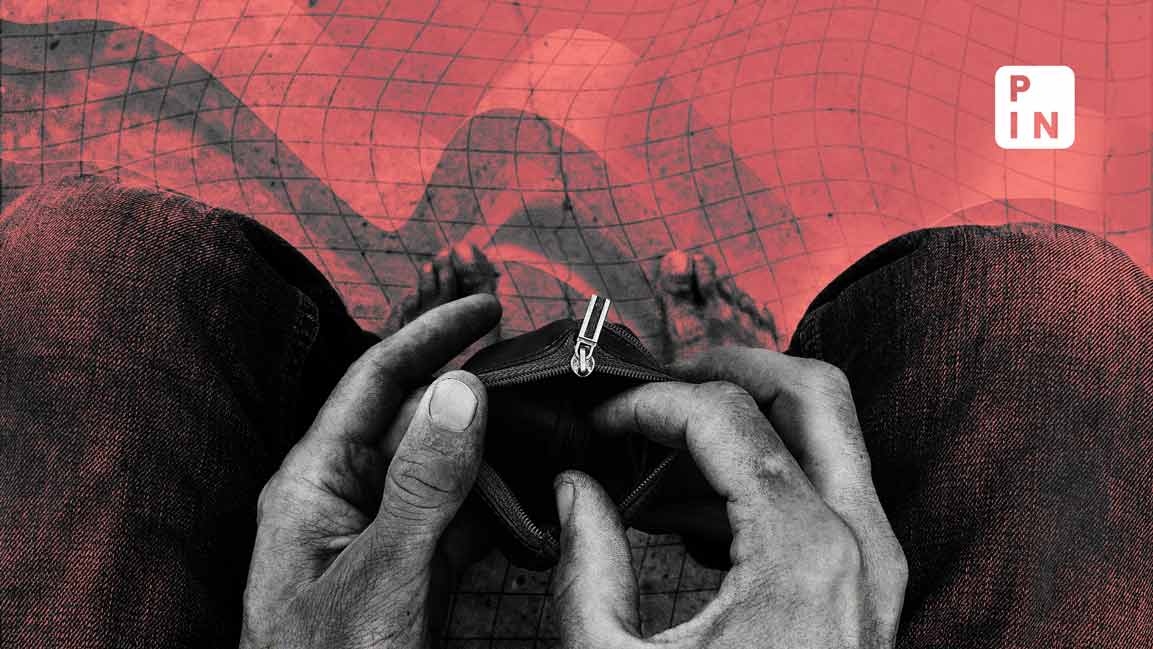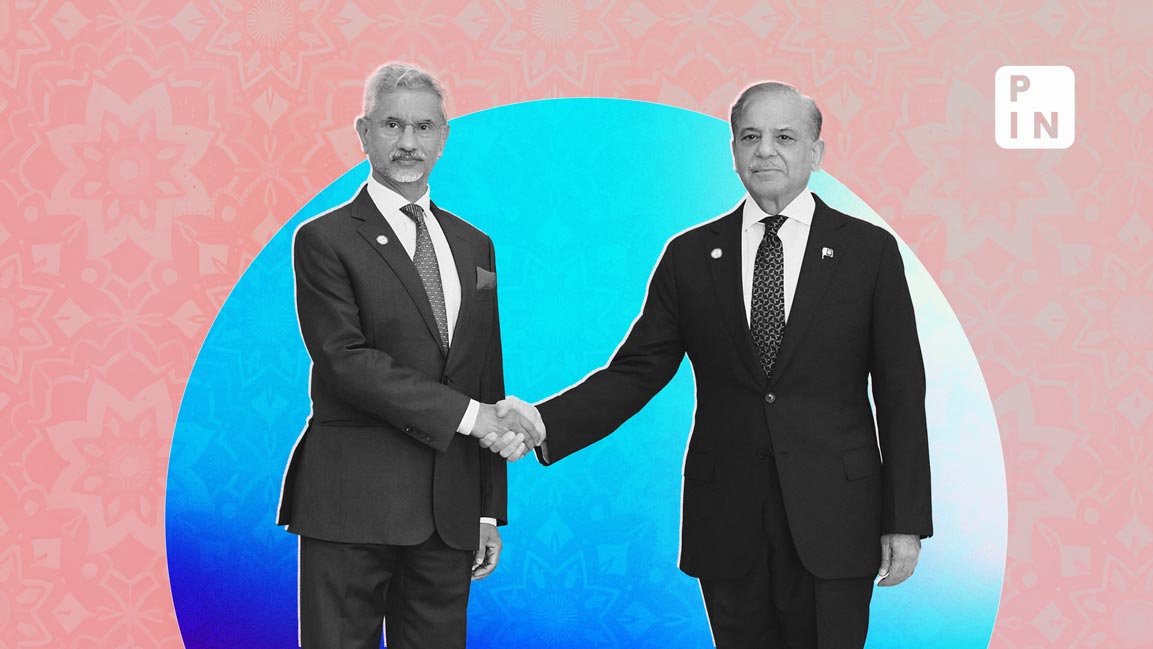- | 5:00 pm
In poll year, Niti Aayog highlights extent of poverty decline in Modi’s term
Government think tank’s assumption that India pulled nearly 250 mn people out of poverty may be neglecting impact of covid, analysts said

India pulled nearly 250 million people out of multidimensional poverty in the nine years between 2014-23, a new report released this week by government think tank Niti Aayog said.
Most poverty studies consider lack of income as the yardstick to measure poverty, but Niti Aayog’s report looked at 12 parameters in addition to money, including education, health, and standard of living.
Multidimensional poverty is measured based on 10 parameters, the discussion paper titled Multidimensional Poverty in India since 2005-06 said, while highlighting that Niti Aayog included two additional indicators, maternal health and bank accounts, “in line with India’s national priorities.”
The think tank used data from the National Family Health Survey (NFHS)–the last three rounds of which were conducted in 2005-06 (NFHS-3), 2015-16 (NFHS-4) and 2019-21 (NFHS-5)–to analyze multidimensional poverty in India.
In July last year, the policy planning body had said that 135 million Indians were lifted out of multidimensional poverty over the five years to 2021, with the proportion of poor Indians down from 24.85% in 2015-16 to 14.96% in 2019-21.
The current study estimated that 55% of India’s population was multidimensionally poor in 2005-06, and that the proportion had since declined to 24.85% in 2015-16 and further to 14.96% in 2019-21.
The study used these figures to determine that in 2013-14, the year Modi became Prime Minister, 29.17% of Indians were poor. It estimated that this number would drop to 11% by 2022-23 and further to 9% in 2024-25.
Some analysts said the choice of 2013-14 as a starting point is vague and that the report may serve as a pitch for the coming general election, while pointing out that the assumptions neglect the impact of covid.
“Is it credible? Didn’t covid interrupt the education of more than 200 million children with weak online access, setting them back by two years,” Pune-based economist Ajit Ranade wrote in Mint.
” Did the government not extend free foodgrain for another five years to 800 million Indians? Aren’t many states giving subsidies on gas cylinders, housing and other amenities,” Ranade wrote, adding, “How then does this reconcile with an estimate of massive poverty reduction?”
“It is quite possible that post welfare transfers, deprivation on many dimensions has considerably reduced,” he added.
The report, while attributing the purported decline in poverty to various government initiatives such as the nutrition mission (Poshan Abhiyan), and anaemia eradication scheme (Anaemia Mukt Bharat), said that India is on track to achieve the sustainable development goal of “halving multidimensional poverty” before 2030.
Modi called the report “very encouraging”, and said that it reflected “our commitment towards furthering inclusive growth and focusing on transformative changes to our economy. We will continue to work towards all-round development and to ensure a prosperous future for every Indian.”
The study said the fastest reduction in the number of poor people was seen in Uttar Pradesh, followed by Bihar, Madhya Pradesh, and Rajasthan.
The main opposition Congress party, meanwhile, has slammed the Niti Aayog report, saying that the people who have not been “declared” poor would soon be taken out of the government’s safety net.
They will no longer get subsidies or free ration, the party said, asking why no credible third party such as the World Bank or the International Monetary Fund has come forward to back the data.













